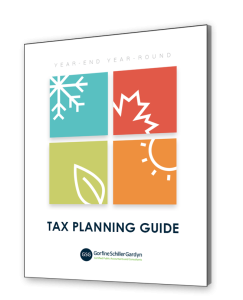When you own Series EE or Series I savings bonds, you have a tax decision to make. Both types of bonds earn interest monthly. Usually, you’ll choose to defer paying any taxes on the interest until the bond reaches final maturity or you redeem it, whichever comes first. At that time, you would report and pay taxes on the total interest earned over the life of the bond. (If you meet certain requirements, you might avoid paying any taxes by using the bond proceeds to pay for higher education expenses.)
The alternative method is to report the interest earned each year as part of your taxable income. Most people choose the first method because it lets you delay paying taxes for as long as possible. But sometimes the annual method makes sense — for example, if a young child has been given a savings bond in his or her own name.
The tax rate on investment earnings of a child under age 19 (under age 24 for full-time students) is the parent’s marginal rate when the “kiddie tax” applies. The kiddie tax is intended to stop parents from shifting income to their children. But even under the kiddie tax rules, the first $950 of a child’s investment income in 2012 is tax-free and the next $950 is taxed at your child’s lower tax rates. So if your child expects to earn less than $1,900 from savings bonds and other investments, reporting the interest as income each year could make good tax sense.
For further details on this and other tax-saving strategies, please give us a call.





